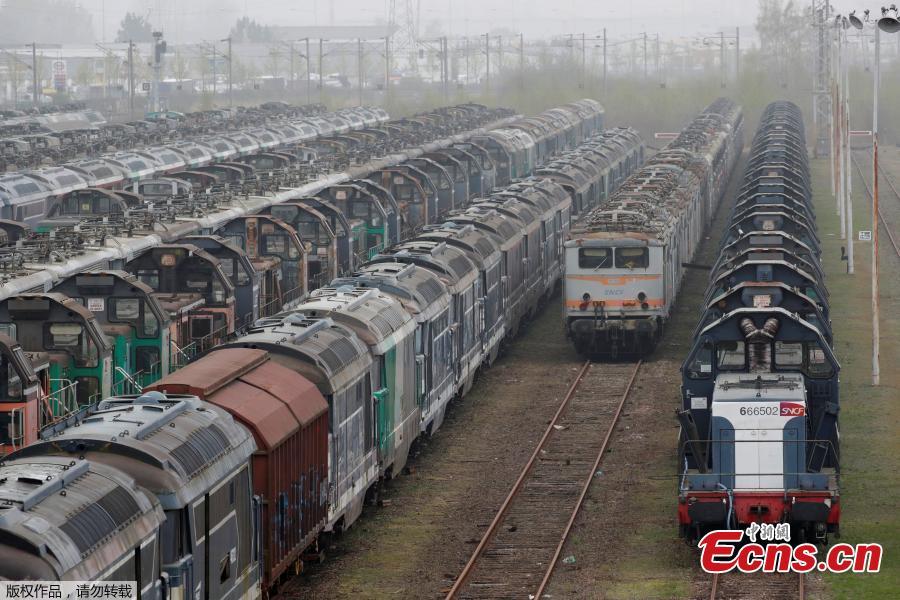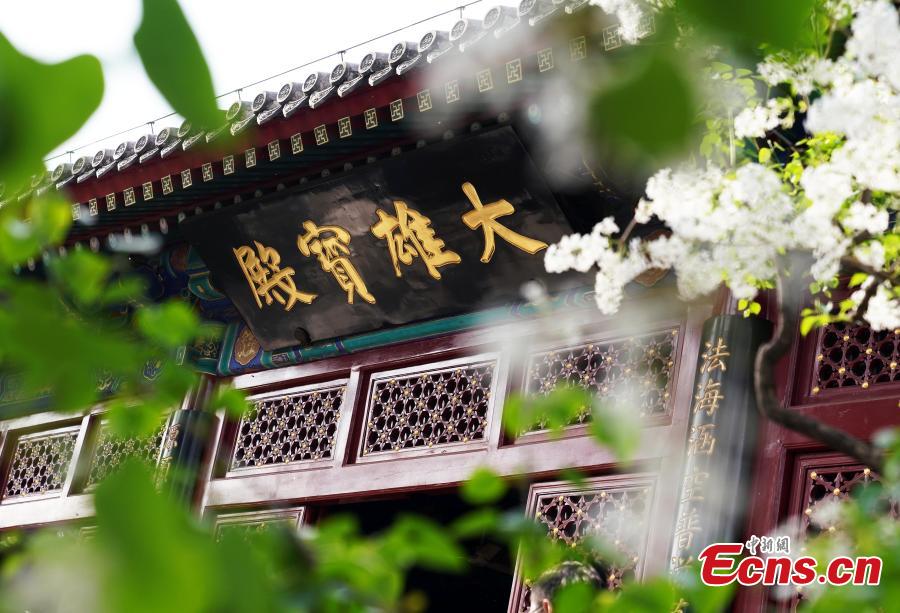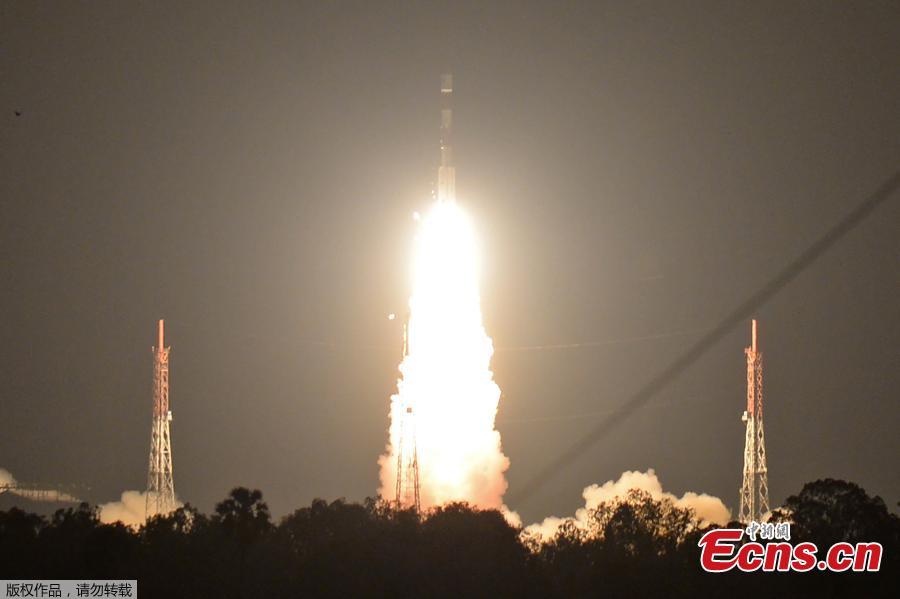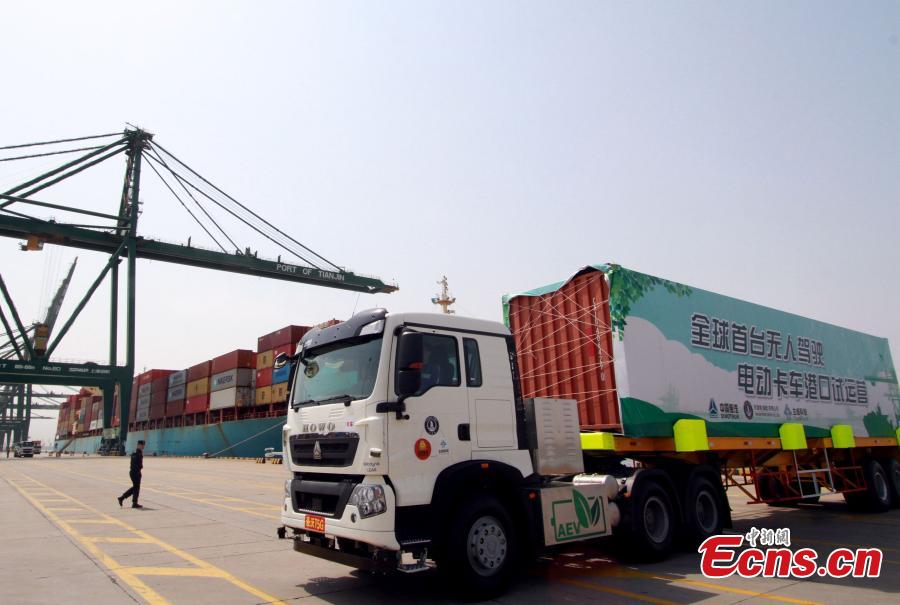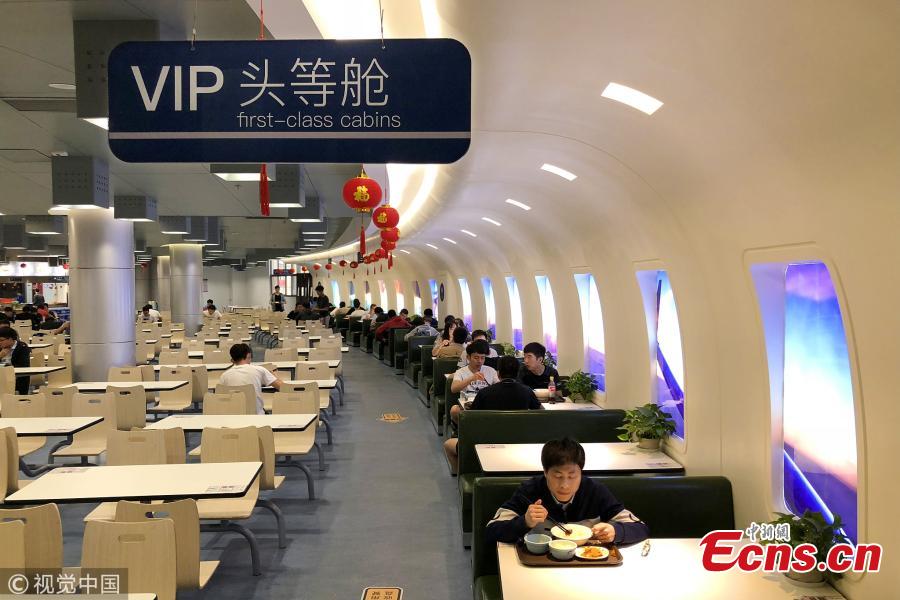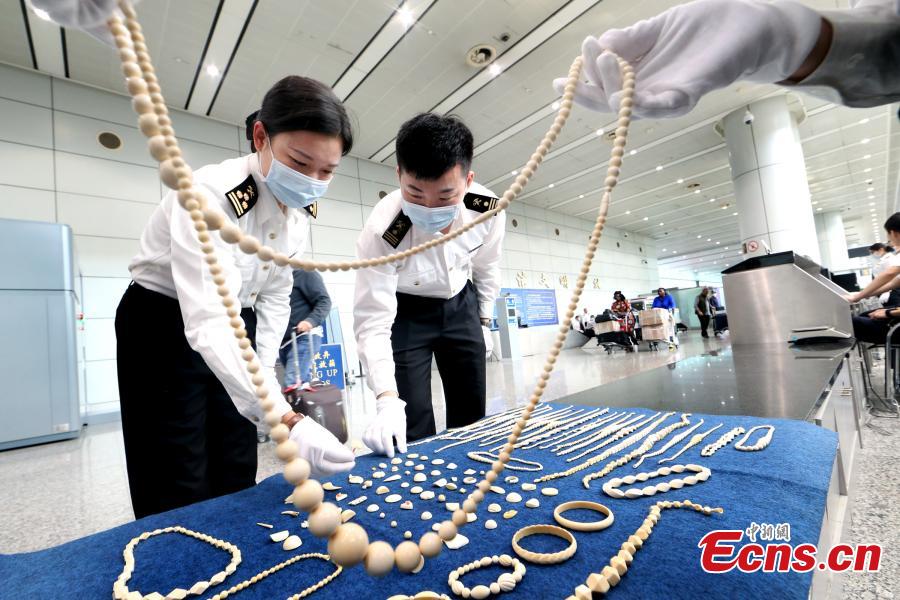
A Hangzhou resident scans the QR code on a shared car. (Photo/China Daily)
China's new growth engines have been an important power behind the country's stable economic growth, as they have offset shocks from dwindling traditional growth engines, according to a post on the National Bureau of Statistics website Friday.
Value added in "new industries and business models in new areas" amounted to 11.4 trillion yuan in 2016, accounting for 15.3 percent of China's entire GDP.
Between 2013 and 2017, high-tech industrial value added increased 11.7 percent year-on-year, 5.1 percentage points higher than the growth rate of the entire industry sector. Between 2015 and 2017, value added in the emerging industrial sector increased by 10.5 percent, 4.4 percentage points higher than the entire industry sector.
Between 2015 and 2017, the emerging service sector's revenue increased 14.8 percent yearly, 3.5 percentage points higher than the average revenue growth of all service companies.
Between 2015 and 2017, online retail sales grew at an average of 30 percent, about 20 percentage points higher than the yearly growth rate of retail sales of consumer goods in the whole economy.
While new economic growth engines have ensured the country's long-term steady growth, they have also helped the country undergo tough structural upgrades.
In 2017, the service sector accounted for 51.6 percent of GDP, up from 45.3 percent in 2012. Between 2013 and 2017, the service sector's contribution rate to the economic growth was 52.8 percent, much higher than agriculture's contribution rate of 4.6 percent and industry's contribution rate of 42.6 percent.
Between 2013 and 2017, the growth rate of six high energy-consuming industries was lowered to 6.4 percent, 0.2 percentage points lower than the entire industry sector.
In 2017, industrial capacity usage rate hit 77 percent, 1.2 percentage points higher than in 2013.














